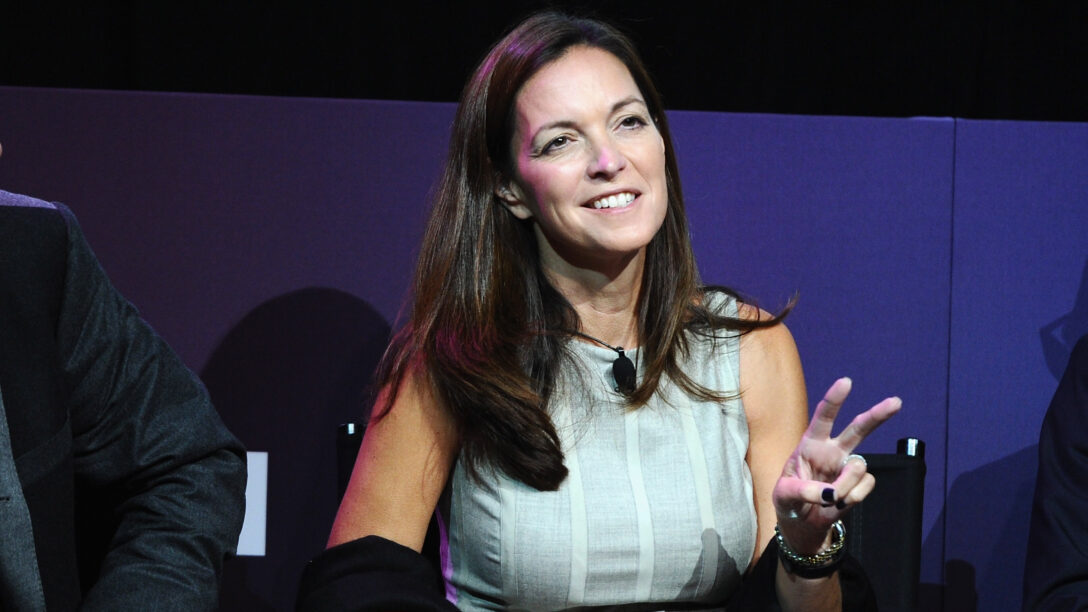I was having drinks with an industry friend the other night when the conversation turned to AMC Networks. It wasn’t about chairman Jim Dolan, the New York sports supervillain threatening to ban liquor at Rangers games, or his decision to appoint his wife and longtime AMC board member, Kristin, as the company’s new C.E.O. Or even AMC’s recent earnings reveal, which beat expectations, sending the stock soaring 27 percent. Mainly, we talked about something Dolan said during a rare earnings call appearance: “A customer can sign up, binge your product for a month, and then leave you.”
In typically succinct language, Dolan summed up the challenges of a niche streaming service with a small catalog, one that is doubly burdened by the modern, Zaz-esque necessity of generating hits while also syndicating its library content to optimize revenue. On one hand, AMC added 700,000 subscribers across its various streaming platforms to hit 11.8 million, and increased streaming revenue by 41 percent. On the other hand, unlike the main wholesalers—the HBO Maxes, Netflixes, and Prime Videos of the world—AMC doesn’t have a strong catalog to boost engagement. So AMC+ has to fight harder for consistent subscribers. That’s pricey—a point underscored by AMC refusing to reveal how much the streaming business contributed to its nearly $400 million operating loss in the quarter.

















